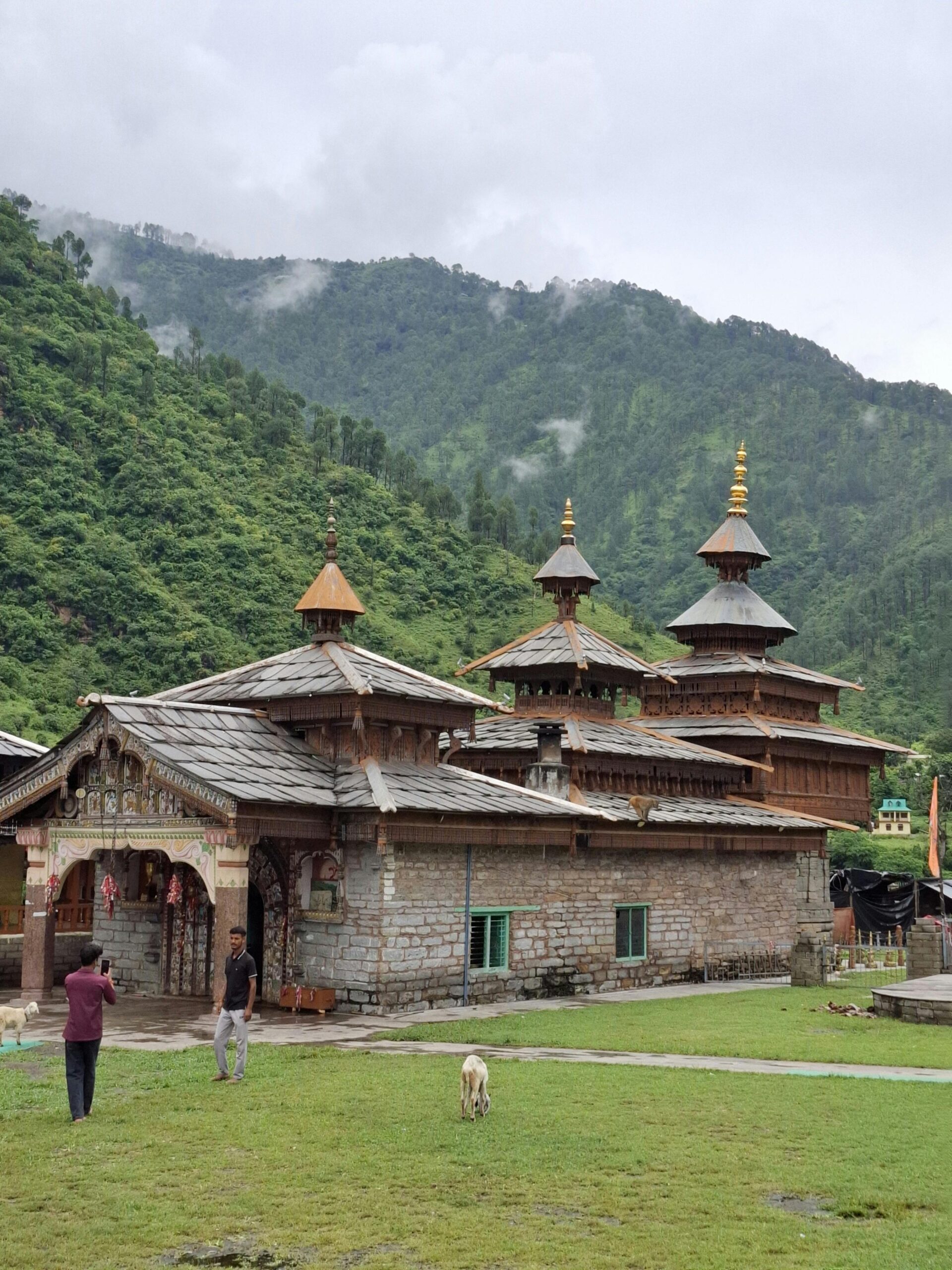
The Political Landscape of Uttarakhand: Navigating Growth and Tradition
- admin
- August 19, 2025
- Politics, UttraKhand
- 0 Comments
Balancing the state’s heritage and development in a dynamic political era.
Key Metrics: Uttarakhand’s Political and Socioeconomic Profile
- Lok Sabha Seats: 5 (0.92% of total parliamentary seats).
- Rajya Sabha Seats: 3 (1.1% of total).
- Population: Over 11.4 million (2023 estimate).
- Voter Base: Approximately 8 million registered voters.
- Literacy Rate: 79.6% (Census 2011).
- Urbanization: Around 31%, with key cities like Dehradun, Haridwar, and Haldwani as administrative and economic hubs.
- Economic Contribution: Renowned for tourism, hydropower, and agriculture, Uttarakhand contributes about 1.5% to India’s GDP.
(Source: Election Commission of India, Ministry of Statistics and Programme Implementation)
Introduction
Uttarakhand, India’s “Devbhoomi” (Land of the Gods), boasts a unique political and economic landscape shaped by its geographical challenges, cultural richness, and developmental aspirations. Since its formation in 2000, Uttarakhand has strived to balance its deep-rooted traditions with the demands of modern governance. As the state navigates growth and transformation, its political landscape remains pivotal in addressing challenges such as migration, environmental concerns, and uneven development while leveraging its strengths in tourism and renewable energy.
Key Political Dynamics in Uttarakhand
1. Bipartisan Dominance
The Bharatiya Janata Party (BJP) and the Indian National Congress (INC) dominate Uttarakhand’s political landscape.
- BJP:
- Currently the ruling party, with a focus on infrastructure, tourism, and religious projects such as the Char Dham Project.
- Secured all 5 Lok Sabha seats in the 2019 General Elections.
- Congress:
- Advocates for social welfare, environmental protection, and equitable development in hill regions.
(Source: Election Commission of India)
2. Regional Aspirations and Challenges
Uttarakhand’s political priorities often revolve around addressing the unique challenges faced by its hill and plain regions.
- Migration Crisis:
- A significant issue, with many residents moving from hill villages to urban areas for better opportunities.
- Political agendas frequently focus on creating jobs, improving education, and developing infrastructure in remote areas.
- Environmental Concerns:
- Balancing hydropower projects with ecological preservation remains a contentious issue.
(Source: NITI Aayog Reports)
3. Border State Dynamics
Uttarakhand’s strategic location, sharing borders with China and Nepal, adds a layer of complexity to its political and governance strategies.
- Focus on Security and Connectivity:
- Infrastructure projects like the Badrinath-Mana Road are prioritized for both security and economic reasons.
- MPs actively advocate for enhanced funding for border development and defense infrastructure.
(Source: Ministry of Home Affairs)
Growth Opportunities in Uttarakhand’s Political Landscape
1. Tourism and Cultural Heritage
Tourism is the backbone of Uttarakhand’s economy, offering immense potential for growth.
- Key Opportunities:
- Expansion of eco-tourism and rural tourism initiatives.
- Infrastructure upgrades to support pilgrimage sites, including Haridwar and Kedarnath.
(Source: Ministry of Tourism)
2. Renewable Energy Leadership
Uttarakhand’s rivers and topography make it a hub for hydropower and renewable energy.
- Future Directions:
- Development of small-scale hydropower projects with minimal environmental impact.
- Promotion of solar energy in remote villages to reduce dependence on conventional power sources.
(Source: Ministry of New and Renewable Energy)
3. Strengthening Education and Healthcare
Education and healthcare have emerged as key areas for development in Uttarakhand.
- Policy Focus:
- Upgrading schools in rural areas with better infrastructure and teacher training.
- Expanding healthcare access through initiatives like mobile clinics and telemedicine.
(Source: Ministry of Health and Family Welfare)
Challenges in Uttarakhand’s Political Landscape
1. Uneven Development
While cities like Dehradun and Haridwar thrive, many hill regions face neglect, leading to economic disparities.
- Impact:
- Poor connectivity and limited access to resources hinder growth in remote areas.
2. Balancing Tradition with Modernity
Uttarakhand’s identity is deeply tied to its spiritual and cultural heritage, which sometimes conflicts with modern developmental goals.
- Example:
- Large-scale infrastructure projects often spark debates on ecological and cultural preservation.
(Source: Ministry of Environment, Forest, and Climate Change)
3. Natural Disasters
Frequent landslides, floods, and earthquakes make disaster management a critical concern.
- Political Advocacy:
- MPs regularly seek central assistance for disaster relief and infrastructure resilience.
(Source: National Disaster Management Authority)
Expert Opinions
- Political Analyst’s Perspective:
- “Uttarakhand’s political trajectory reflects a balance between addressing the needs of its modern economy and preserving its rich cultural heritage.”
- Environmentalist’s View:
- “The state must focus on sustainable development to ensure long-term ecological and economic stability.”
(Source: PRS Legislative Research)
What Lies Ahead for Uttarakhand?
1. Tackling Migration with Regional Development
Creating employment opportunities in hill regions and improving connectivity will be essential to curb migration and revitalize local economies.
2. Advancing Disaster Preparedness
Innovative approaches to disaster management, such as real-time monitoring and climate-resilient infrastructure, will remain priorities.
3. Expanding Digital and Physical Connectivity
Building smart villages and enhancing road and telecom networks can integrate rural areas into the mainstream economy.
Conclusion
Uttarakhand’s political landscape is a reflection of its unique challenges and immense potential. Balancing growth with tradition, preserving its environment while embracing modernization, and addressing regional disparities will define the state’s future trajectory. With effective governance and visionary leadership, Uttarakhand has the opportunity to become a model for sustainable and inclusive development in India’s evolving political framework.

